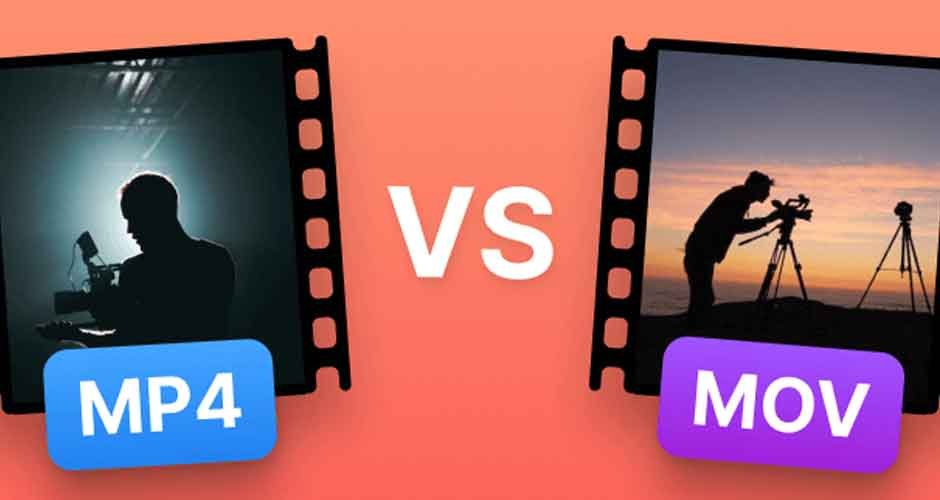Do you have footage and videos you’d like to put on your website or share unofficially? If so, you need the right kind of format, whether that’s a MOV or MP4 file.
While both of these video file types are common, they’re still different in several ways. Not only do they have different attributes, but they’re used by different types of devices, too.
Let’s take a look at the differences between MOV vs MP4. That way, you can find out which one’s a better file type for you.
Comparing Container Format
MOV and MP4 are two common container formats. MOV is a file format developed by Apple and is primarily associated with QuickTime. It is commonly used on macOS and iOS platforms.
On the other hand, MP4 (MPEG4 Part 14) is a multimedia container format commonly used for sharing video files over the internet. It is supported by major hardware and software providers such as Microsoft, Apple, Adobe, DivX, and many others.
Video Quality
MOV files support a higher video quality than MP4 files. MOV files also support a wider range of codecs but require a larger data size to store the same amount of data. MP4 files, on the other hand, are smaller in size which makes them more suitable for web streaming services.
HD Video Support
Both formats support HD video but MOV files offer a higher quality of video. MOV files also support a broader range of audio codecs, while MP4 uses AAC (Advanced Audio Codec).
Comparing Compression Standards
MOV files typically use the MPEG-4 codec for video compression. MP4, as a container format, can support a wide range of video and audio codecs, including MPEG-4, H.264, H.265 (HEVC), and more. This flexibility makes MP4 a more versatile format for encoding and storing multimedia content.
Comparing Compatibility
While MOV is well-supported on Apple devices and some media players, MP4 enjoys broader compatibility across different platforms and devices. MP4 files can be played on numerous media players, web browsers, smartphones, and smart TVs, making it a more widely accessible format.
Comparing Metadata and Interactivity
MOV files offer extensive support for metadata and interactivity features, including chapter markers, interactive menus, and more. These features are particularly useful for creating multimedia projects such as DVDs or interactive presentations. MP4 also supports some metadata, but it has a more limited range of interactive features compared to MOV.
Comparing File Size
Generally, MP4 files tend to have smaller file sizes compared to MOV files. This is because MP4 uses more efficient compression algorithms, such as the H.264 codec, which can achieve higher compression ratios without significant loss of quality.
Smaller file sizes make MP4 files more suitable for online streaming, file sharing, and storage purposes. At the end of the day, it depends on the user’s preferences and what file size they want to achieve. If you have a MOV and need an MP4 file to achieve a desired size, you can do so by using a file converter-to-mp4 for video conversion.
Choosing Between MOV vs MP4
It’s important to note that both MOV and MP4 can contain the same video and audio content; the differences lie primarily in their technical specifications, compatibility, and features. The choice between MOV vs MP4 depends on factors such as platform compatibility, intended use, and specific requirements of the project or playback environment.
For more articles aside from learning about which movie file format, visit our blog.

